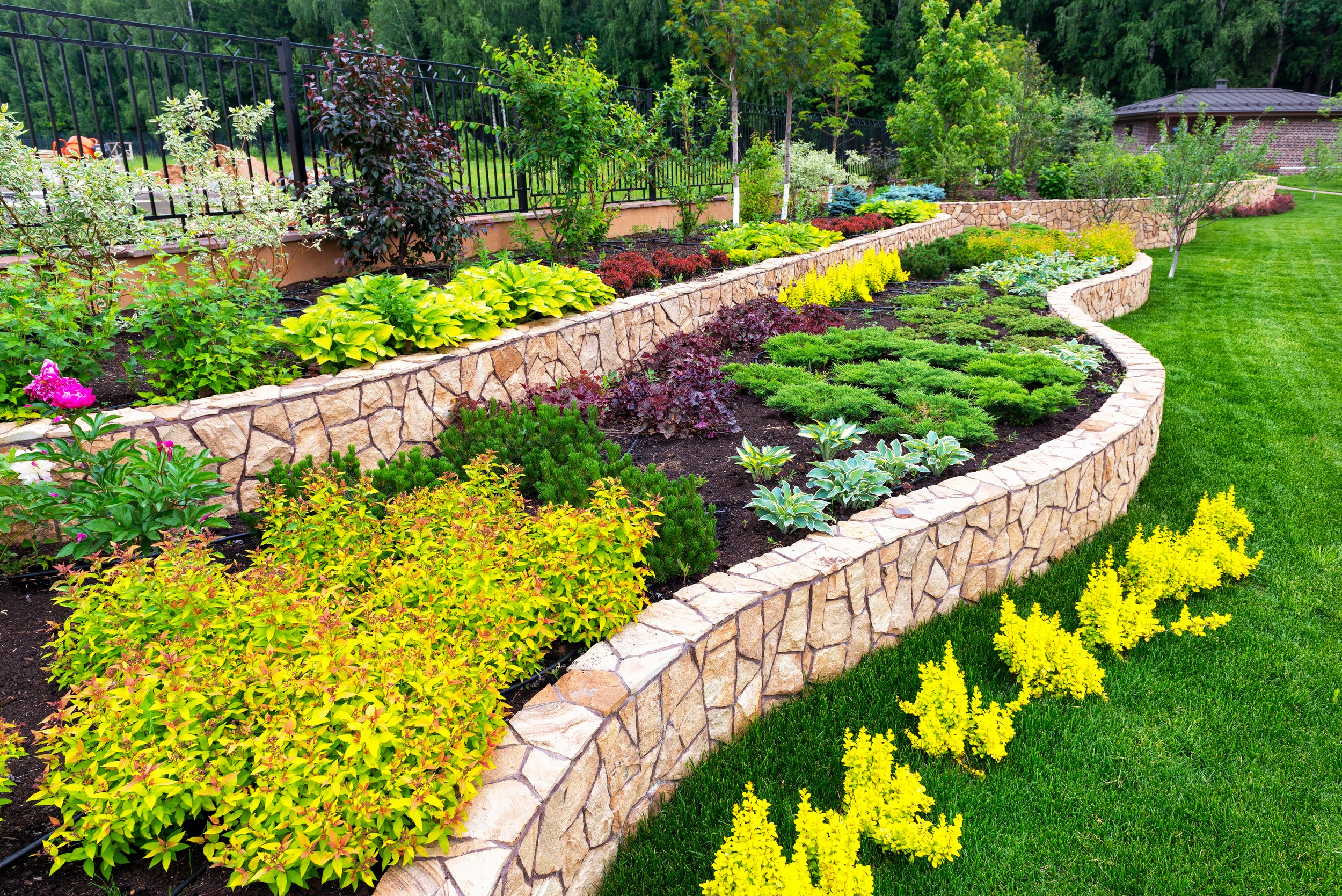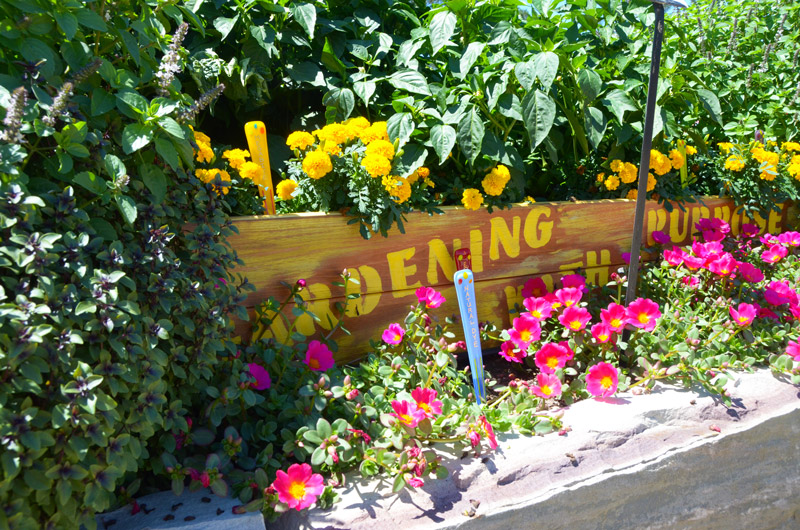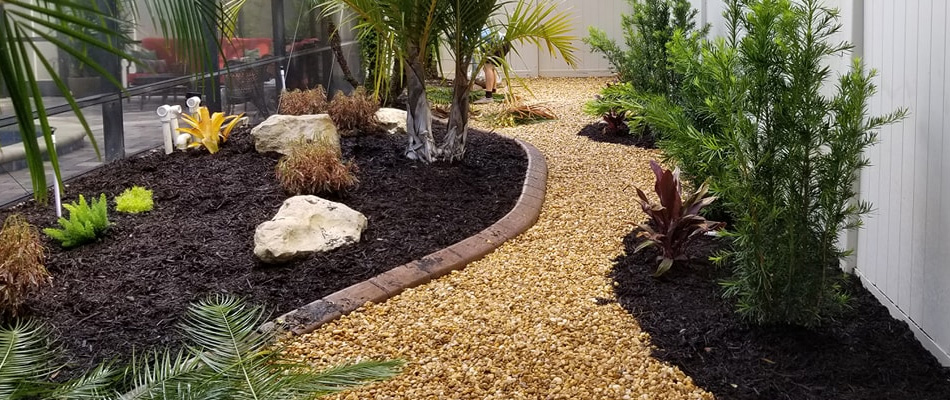The Main Principles Of Hilton Head Landscapes
The Main Principles Of Hilton Head Landscapes
Blog Article
The 4-Minute Rule for Hilton Head Landscapes
Table of ContentsMore About Hilton Head LandscapesHow Hilton Head Landscapes can Save You Time, Stress, and Money.Top Guidelines Of Hilton Head LandscapesThe Ultimate Guide To Hilton Head LandscapesHow Hilton Head Landscapes can Save You Time, Stress, and Money.The Best Guide To Hilton Head LandscapesThe Best Strategy To Use For Hilton Head LandscapesThe Ultimate Guide To Hilton Head Landscapes
Type compatibility is also a significant part of unity in designone or two noticeably various forms benefit comparison and emphasis, but generally all other forms need to have some similarities for an unified appearance. Appearance describes how crude or great the surface of the plant or hardscape product really feels and/or looks.
Examples of plants with crude appearance consist of philodendrons, agaves, bromeliads, hollies, hands, and hydrangeas. Hardscape with crude texture consists of rough-cut rock, rough-finished block, and unfinished timber with knots and a raised grain. Matured or old building and construction material that preserves a weather-beaten surface area is frequently coarse in texture. Features that develop great appearance consist of tiny vegetation; slim, strappy fallen leaves (lawns) or tall, slim stems; tiny, thick branches and little branches; long stems (vines); and little, delicate blossoms.
Getting My Hilton Head Landscapes To Work
A lot of plants are medium texture, in that they can not be called having either rugged or great texture. They are identified by medium-sized leaves with basic forms and smooth edges. The average-sized branches are not largely spaced neither widely spaced, and the general kind is commonly rounded or mounding. Medium-textured plants serve as a background to web link and unify the rugged- and fine-textured plants.

To make a room feel smaller, place the rugged textures along the outer border and the fine textures closest to the audience. The information of the coarse structure makes the plants show up closer and makes the room feel smaller sized. The perceived appearance of plants can likewise change with the range from the plant.
Excitement About Hilton Head Landscapes
Vibrant shades increase the contrast and make the appearance show up coarser, while soft shades can flatten appearance. Hardscape with a coarse texturesuch as very harsh rocks and bold, big timberstends to make all plant product appear a lot more medium distinctive. Designers frequently establish a structure research study (Number 8) on paper to help make a decision the setup of plant products.
Color in plant product and hardscape adds rate of interest and selection to the landscape. Shade is the most conspicuous element in the landscape and is generally the emphasis of most house owners; nonetheless, it is additionally the most temporary aspect, typically lasting just a few weeks a year for private plants.
Hilton Head Landscapes for Beginners
A straightforward description of the shade wheel consists of the 3 key shades of red, blue, and yellow; the 3 second shades (a mix of 2 primaries) of green, orange, and violet; and 6 tertiary colors (a mix of one nearby key and additional shade), such as red-orange. Color theory clarifies the relationship of shades to each various other and how they need to be used in a composition.

Comparable (often called harmonious) color design are any 3 to 5 colors that are surrounding on the shade wheel, such as red, red-orange, orange, yellow-orange, and yellow, or blue, blue-violet, and violet (Landscaping bluffton sc). The colors are relevant to each various other due to the fact that they typically consist of 2 primaries blended to create a secondary and 2 tertiary colors, which implies they share usual properties
They tend to have high contrast between them. One of the most usual sets are violet and yellow, red and green, and blue and orange. Corresponding colors are often found normally in blossoms; a typical pair is yellow and violet. Color is found in the flowers, foliage, bark, and fruit of plants.
The 9-Minute Rule for Hilton Head Landscapes
Eco-friendly foliage in all its different shades is the leading shade by quantity, yet other shades capture interest quicker as a result of their high comparison to the shade eco-friendly. Color is likewise located in buildings, rocks, pavers, timber, and furniture. A lot of colors in all-natural products, such as rock and wood, are usually low-key and tend to be variants of brownish, tan, and pale yellow.
Shades have homes that can affect feelings, spatial assumption, light top quality, balance, and focus. Great shades have a tendency to be relaxing and should be used in locations for leisure and calmness.
Everything about Hilton Head Landscapes
Amazing shades often tend to decline and are regarded as being further away, making a room really feel larger. Color can also be used to catch interest and direct views.
As an example, intense yellow, which has the greatest intensity, likewise has a high contrast with all other shades (typically referred to as a "pop" of color) and must be made use of sparingly. A percentage of intense shade has as much aesthetic weight as a large quantity of a much more suppressed or weaker shade.
Analogous (in some cases called harmonious) color design are any kind of 3 to five shades that are nearby on the color wheel, such as red, red-orange, orange, yellow-orange, and yellow, or blue, blue-violet, and violet. The shades are associated to every various other due to the fact that they usually include 2 primaries mixed to develop a second and 2 tertiary colors, which suggests they share common properties.
How Hilton Head Landscapes can Save You Time, Stress, and Money.
They have a tendency to have high comparison in between check my blog them. The most common collections are violet and yellow, red and green, and blue and orange. Corresponding shades are usually located normally in blossoms; a typical pair is yellow and violet. Shade is found in the blossoms, foliage, bark, and fruit of plants.
Environment-friendly foliage in all its various tones is the leading color by quantity, however other colors catch interest much more readily due to their high comparison to the color environment-friendly - landscapers in bluffton sc - https://disqus.com/by/disqus_mvAiTQ3jyY/about/. Color is also located in buildings, rocks, pavers, timber, and furnishings. Many shades in natural products, such as stone and timber, are normally muted and have a tendency to be variants of brownish, tan, and pale yellow
All about Hilton Head Landscapes
Colors have buildings that can influence feelings, spatial assumption, light top quality, equilibrium, and focus. Great shades tend to be soothing and need to be made use of in areas for relaxation and peacefulness.
The "temperature level" of colors can likewise influence the understanding of distance. Amazing shades often tend to recede and are viewed as being farther away, making an area feel larger. Cozy shades often tend to breakthrough and are regarded as being better, making an area feel smaller. Shade can additionally be utilized to record focus and direct views.
For instance, brilliant yellow, which has the greatest intensity, additionally has a high comparison with all other colors (frequently called a "pop" of shade) and must be utilized sparingly. A percentage of extreme shade has as much aesthetic weight as a large quantity of a much more controlled or weak color.
Report this page